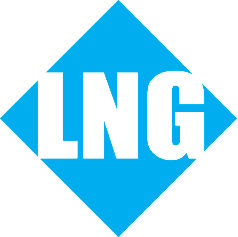PORT OF BROWNSVILLE — They’re called trains, but they don’t look at all like traditional locomotives or rail cars.
Instead, these trains are made up of miles of silver-colored pipes. They curl up, then back down and around everywhere.
At the heart is a tall, skinny heat exchange unit. Further down is an enormous 165-foot-tall double walled storage tank and then from there, more pipes wind to the dock where a 1,000-foot-long ship will be waiting.
These are the main parts of a liquefied natural gas facility.
With as many as three LNG export plants being proposed for the Port of Brownsville and the continued he-said-she-said debate over the wisdom of building these facilities, The Monitor, Valley Morning Star and the Brownsville Herald toured an existing LNG facility near Freeport Bay, where the Brazos River empties into the Gulf of Mexico.
Several experts on various facets of LNG technology discussed the processes related to LNG and hours were spent researching the topics — all in an effort to understand the benefits and shortfalls of a technology that could change the face of the Brownsville and South Padre Island area.
For the rest of this story and many other EXTRAS, go to our premium site, www.MyValleyStar.com.
Subscribe to it for only $6.99 per month or purchase a print subscription and receive the online version free, which includes an electronic version of the full newspaper and extra photo galleries, links and other information you can’t find anywhere else.





